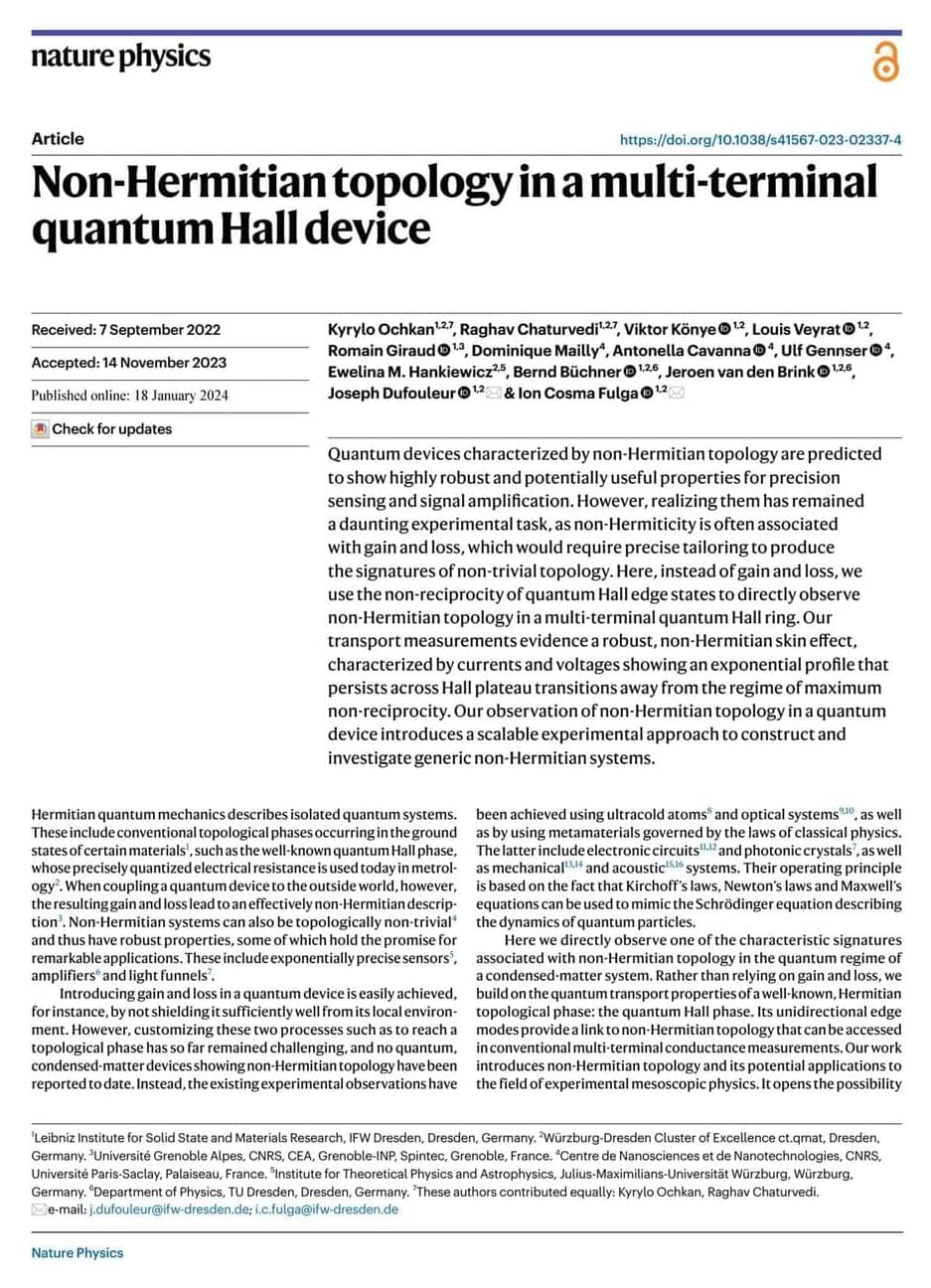Researchers are devising a blood test screening for 11 newly discovered biomarkers of dementia. They say the test could predict its development 15 years before symptom onset.




Scientists have welcomed a “truly wonderful” new drug for a hard-to-treat and aggressive form of cancer.
Researchers led by a team at Queen Mary University of London said their new treatment “quadrupled” three-year survival rates and increased average survival by 1.6 months.
Academics said that the new drug, which works by cutting off the tumour ’s food supply, is the first of its type for mesothelioma in 20 years.
https://music.youtube.com/watch?v=n_LefGJgOJ8&si=UoInnL8Xy_wsXv_
Currently listening to this. He’s pretty decent, up there with Dr Daniel Amen in advancement/ideas. I barely started this episode but it seems AI can help in medicine and there’s more in this podcast concerning our personal health. This is some key issues for longevity.
Get my FREE guide 3 Steps to Reverse Aging when you sign up for my weekly health picks 👉 https://bit.ly/IncreaseHealthspan.
View the Show Notes For This Episode: https://bit.ly/ep-855
Dr. Eric Topol is the Founder and Director of the Scripps Research Translational Institute, Professor of Molecular Medicine, and Executive Vice-President of Scripps Research. He has published over 1,200 peer-reviewed articles with more than 330,000 citations, was elected to the National Academy of Medicine, and is one of the top 10 most cited researchers in medicine. His principal scientific focus has been on individualized medicine using genomic, digital, and AI tools.
This episode is brought to you by Rupa Health, Pendulum, Thrive Market, and Fatty15.

Studies show that physical activity is actually a mental health exercise. One article that states just 15 minutes of walking, especially in the out-of-doors, can boost mood and reduce feelings of depression.
People seem to think more clearly after a brisk walk as well. It makes sense. As the heart pumps oxygen and nutrients to working muscles, the brain gets the same benefits.
Are there foods that might help our brains stay focused? In 2015, scientists reported on a diet that was found to help slow the gradual decline in cognitive function we may experience as we age. It was a hybrid of the Mediterranean diet and the DASH diet (Dietary Approaches to Stop Hypertension) cutely named the MIND diet (Mediterranean-DASH Diet Intervention for Neurodegenerative Delay).

For millennia, the human brain has been a largely unexplored frontier. Relative to the whole of human history, studying, understanding, and influencing human thought and consciousness is a radically new endeavor. Only in the twenty-first century has science truly begun to progress far enough into the field of neuroscience for effective neurotechnologies to begin to take shape.
The implications of neurotechnologies for society are vast. From pharmaceuticals that improve quality of life, to brain imaging that revolutionizes our conception of human consciousness, neurotechnologies stand to change our understanding of ourselves and harness the power of the brain and nervous system’s myriad functions to promote human thriving.
What are neurotechnologies?

This isn’t rocket science it’s neuroscience.
Ever since the dawn of antiquity, people have strived to improve their cognitive abilities. From the advent of the wheel to the development of artificial intelligence, technology has had a profound leverage on civilization. Cognitive enhancement or augmentation of brain functions has become a trending topic both in academic and public debates in improving physical and mental abilities. The last years have seen a plethora of suggestions for boosting cognitive functions and biochemical, physical, and behavioral strategies are being explored in the field of cognitive enhancement. Despite expansion of behavioral and biochemical approaches, various physical strategies are known to boost mental abilities in diseased and healthy individuals. Clinical applications of neuroscience technologies offer alternatives to pharmaceutical approaches and devices for diseases that have been fatal, so far. Importantly, the distinctive aspect of these technologies, which shapes their existing and anticipated participation in brain augmentations, is used to compare and contrast them. As a preview of the next two decades of progress in brain augmentation, this article presents a plausible estimation of the many neuroscience technologies, their virtues, demerits, and applications. The review also focuses on the ethical implications and challenges linked to modern neuroscientific technology. There are times when it looks as if ethics discussions are more concerned with the hypothetical than with the factual. We conclude by providing recommendations for potential future studies and development areas, taking into account future advancements in neuroscience innovation for brain enhancement, analyzing historical patterns, considering neuroethics and looking at other related forecasts.
Keywords: brain 2025, brain machine interface, deep brain stimulation, ethics, non-invasive and invasive brain stimulation.
Humans have striven to increase their mental capacities since ancient times. From symbolic language, writing and the printing press to mathematics, calculators and computers, mankind has devised and employed tools to record, store, and exchange thoughts and to enhance cognition. Revolutionary changes are occurring in the health care delivery system as a result of the accelerating speed of innovation and increased employment of technology to suit society’s evolving health care needs (Sullivan and Hagen, 2002). The aim of researchers working on cognitive enhancement is to understand the neurobiological and psychological mechanisms underlying cognitive capacities while theorists are rather interested in their social and ethical implications (Dresler et al., 2019; Oxley et al., 2021).

Researchers at the University of Pennsylvania have developed a new computer chip that uses light instead of electricity. This could improve the training of artificial intelligence (AI) models by improving the speed of data transfer and, more efficiently, reducing the amount of electricity consumed.
Humanity is building the exascale supercomputers today that can carry out a quintillion computations per second. While the scale of the computation may have increased, computing technology is still working on the principles that were first used in the 1960s.
Researchers have been working on developing computing systems based on quantum mechanics, too, but these computers are at least a few years from becoming widely available if not more. The recent explosion of AI models in technology has resulted in a demand for computers that can process large sets of information. The inefficient computing systems, though, result in high consumption of energy.
